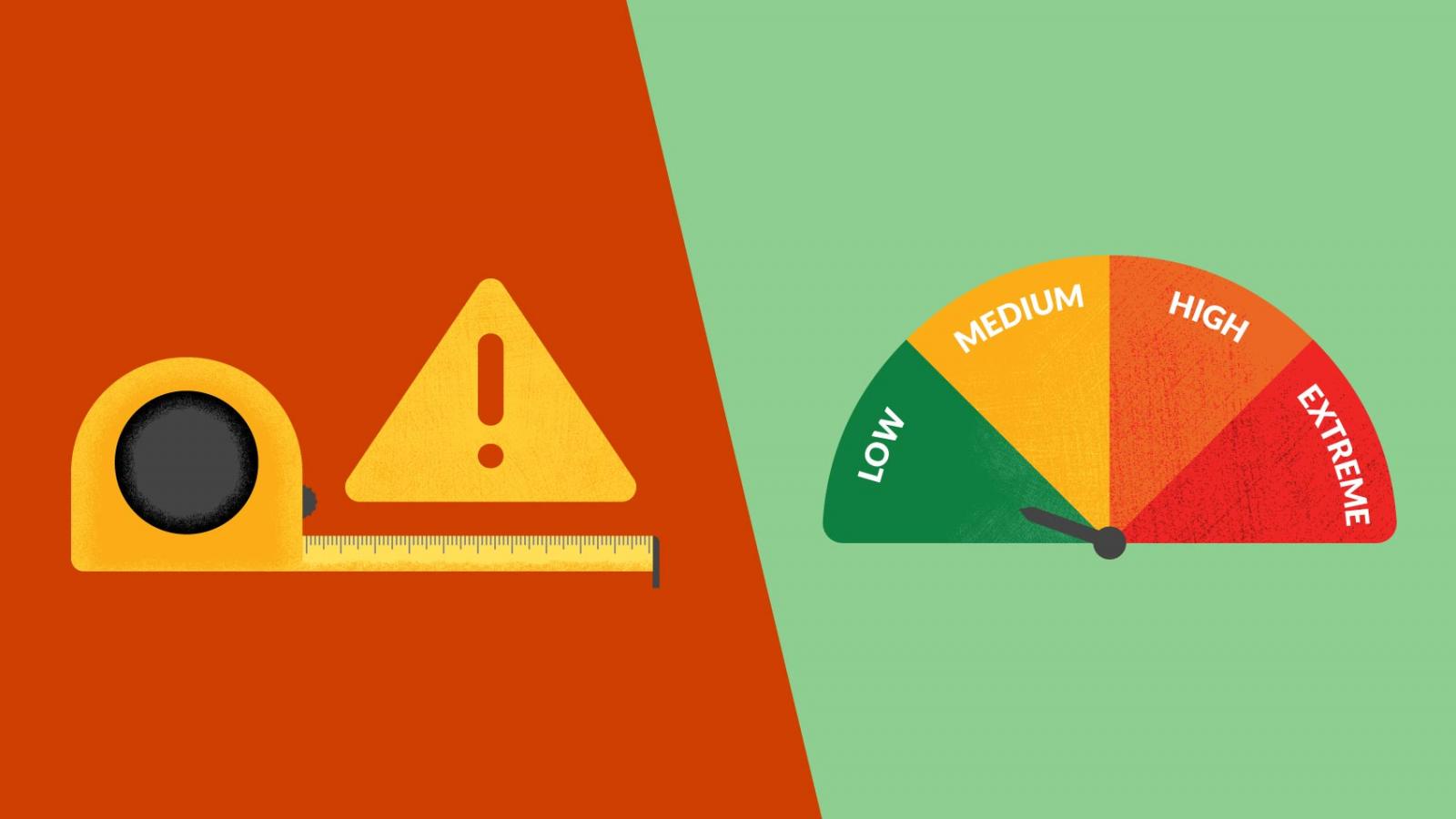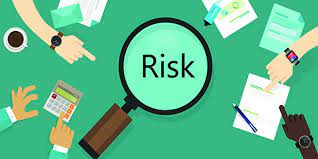Hello!
Risk refers to some unexpected events that are a hindrance for an organization’s worth to attain its objectives. These risks can arise from various sources like financial conditions, competitors, data hackers, lawsuits, etc.
 Risk Management is a method of uninterrupted enhancement meant for identifying, calculating and minimizing the risks associated with the operations and resources of an organization.
Risk Management is a method of uninterrupted enhancement meant for identifying, calculating and minimizing the risks associated with the operations and resources of an organization.
Its key purpose is to precisely define and execute strategies to avoid any risks in order to ensure all time flawless business continuity.
In this article, we provide fascinating risk management tactics to consider:
1. Selection of entity
The sole purpose of business is profit-making but things don’t always happen as outlined. For instance, if you are unable to pay your remaining loan, you may be personally responsible for losing some of your assets like house, car, etc. So a way to defend your own assets is to choose a business entity that supports your personal liability protection.
A limited liability company (LLC) or an association guarantees personal liability safeguard while sole ownership or simply a business partnership does not. The cost to set up an LLC and performing the associated entity tasks is negligible when compared with the probable personal legal responsibility hazard for not possessing the entity.
2. Anticipate
 Proper risk management enables you to become aware of incoming threats early enough to counter them effectively. You must perform a full analysis of the elements composing your organization and their strategic objectives in order to predict incidents.
Proper risk management enables you to become aware of incoming threats early enough to counter them effectively. You must perform a full analysis of the elements composing your organization and their strategic objectives in order to predict incidents.
You must consider your company’s current position and the probable future scenarios before implementing a plan.
Risks can also be there in the form of opportunities so your aptitude to predict them means a chance to assure that your business stands firm in competition.
3. Prioritize
The constituent elements of your organization must be assessed to account for the corresponding degree of threat. The best way is to concentrate your efforts and time to determine strategies meant for identifying the most vulnerable areas of your organization and the functionality which is crucial to ensure continuous service delivery.
4. Adoption of appropriate risk management tools
 It is necessary for a company to stay updated with the latest digital transformation trends in order to stand in the ever-growing competitive market. The automation of the risk management process is essential to get effective results that comprise well-organized processes and overall client satisfaction. So invest in adopting the appropriate risk assessment and management tools which are very useful for the complete governance of your organization.
It is necessary for a company to stay updated with the latest digital transformation trends in order to stand in the ever-growing competitive market. The automation of the risk management process is essential to get effective results that comprise well-organized processes and overall client satisfaction. So invest in adopting the appropriate risk assessment and management tools which are very useful for the complete governance of your organization.
There are many such useful tools available on the web. Some of the top risk management tools are-:
TimeCamp: This tool is very effective to improve the performance of your business and obtain positive outcomes. Its risk assessment features enable companies to calculate risks in different areas.
 These features are:
These features are:
- Financial risk analysis- Useful to know when you are likely to exceed the project budget.
- Time management risk analysis – Used to monitor the efficiency of your teams so as to meet the project deadlines and apply modifications to avoid failure.
- Examine result predictions- Utilizes time management strategy to find out whether you will be able to timely achieve your goals or not.
Isometrix: This is a paid cloud-based application suitable both for small and large scale industries like retail, mining, construction, etc. This tool provides a variety of solutions in different segments like enterprise risk, compliance management, and food safety, etc.
SAS: Your investment in SAS analytics will provide a customized risk management solution as per your needs.
 This tool also provides an option to use it on the cloud, or on-site. Its major features are:
This tool also provides an option to use it on the cloud, or on-site. Its major features are:
- Self-documenting data tracking-To easily trace the performance of your business via an automated documenting tactic.
- Regulatory reporting- To generate reports for maintaining compliance.
- Real-time performance tracking- To measure the efficiency of your strategy by tracking risk alleviation instantaneously.
Qualys: Qualys is a cloud-based platform which uses (Software as a Service) Saas model to provide excellent risk management support. This tool offers a free trial for 30 days and you have to pay after that. It’s important features are-
- Continuous real-time monitoring- Helpful in keeping you conscious about your organization’s performance and detecting any malware threat within seconds
- Vulnerability management- To find out any business threats and implement the necessary security strategies.
- Policy compliance- Useful in keeping you up-to-date with the managerial needs of your domain.
- Improved security-Provides safeguard against threats and applies web app firewalls.
Resolver: Resolver is an awesome tool that helps in complete preparation and development of businesses and is used in several industries like banking, healthcare, etc.
 Its key features are:
Its key features are:
- Detecting and managing potential threats in attaining business objectives.
- Performing constant internal audits to guarantee acquiescence in your industry.
- Provides real-time data analytics support and intelligent suggestions for better performance.
You can choose any such risk management tool that is most appropriate for your needs.
5. Adopt the best business practices
 You must keep a written record of any contracts or agreements that are important for your business.
You must keep a written record of any contracts or agreements that are important for your business.
This can also be in the form of employees signing nondisclosure agreements about your client information, trade secrets, etc.
You must also take services of a lawyer who can review such agreements and give you necessary suggestions.
Also read:
- The Psychology of Color in Marketing
- Major Health & Safety Risks for Remote Workers
- 6 Practical Blogging Trends and Statistics You Should Know About
Thank you!
Subscribe to our newsletter! Join us on social networks!
See you!






